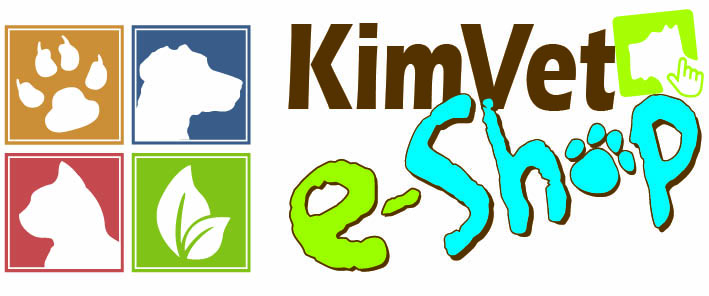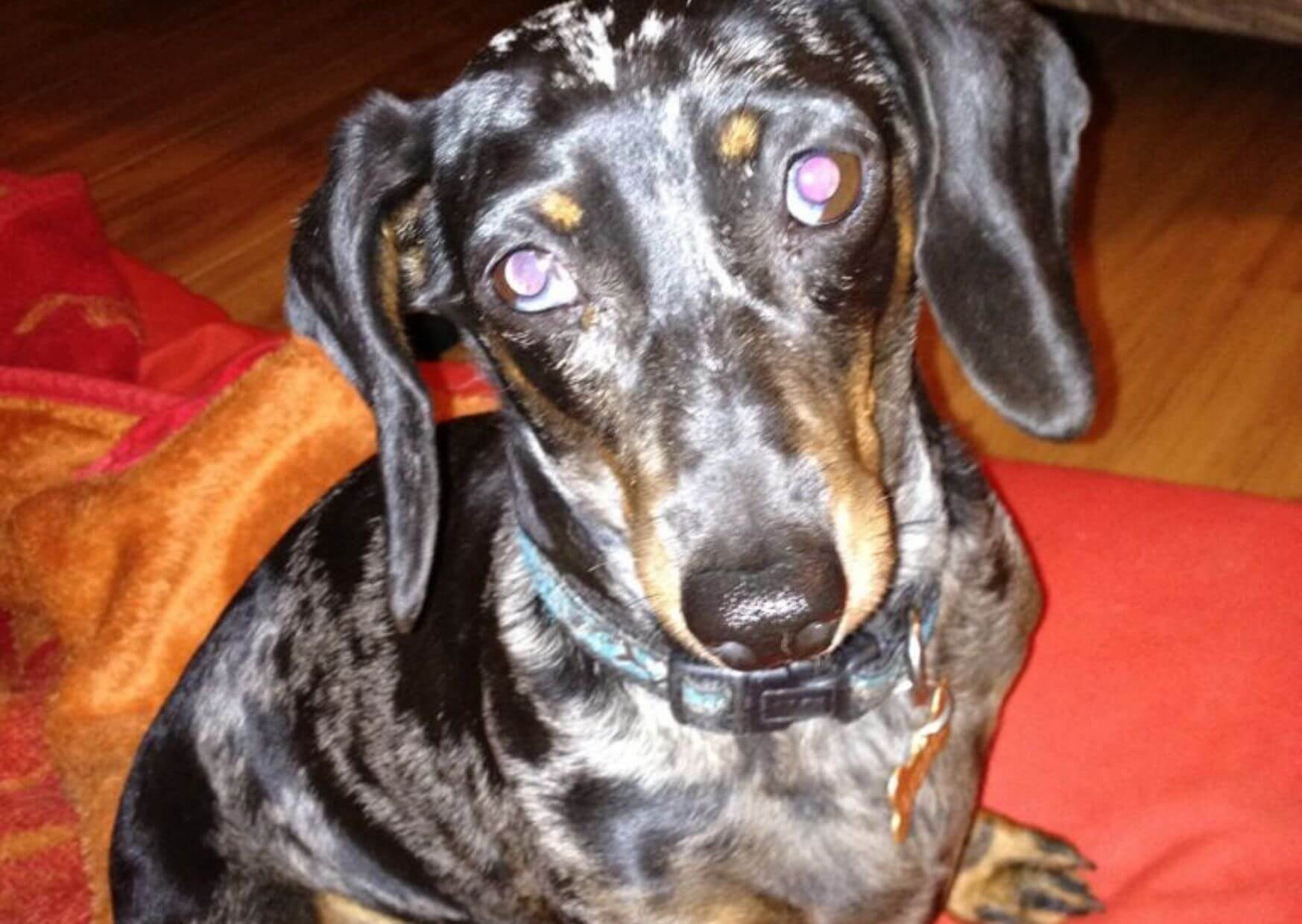
by Rina Van Eeden | May 4, 2021 | Cats, Dogs, Exotics
Dealing with the loss of a pet can be very difficult. Experiencing the death of a pet can come without notice. Things happen that are unexpected and incredibly painful. When we open our hearts and our homes to our furry, or not so furry, family members, pets and animal companions, we have hopes of a full, happy and healthy life for each of us.
Mostly, that is the case, but sometimes we don’t get that opportunity. Experiencing the death of a pet that is unexpected, sudden and tragic can leave a profound impact on us. So many times we can place unfair guilt on ourselves for the experience, blaming ourselves for what has happened.
Grief isn’t easy when it is expected and is even harder when it is not.
A common phrase we hear among the grieving is that one needs to “find closure”, but convoluted feelings arise when faced with ‘incomplete’ grief experiences. The truth is, many times we as pet owners cannot experience “closure” before being faced with the death of a pet.
Within the grieving process, our brain attempts to make sense of this profound experience. We try to believe that things happen for a reason, even if that reason leads us to blame ourselves. When something goes wrong, it is extremely important to remember that we didn’t plan for it to happen.
It Is Not Your Fault
Guilt is a powerful emotion that has a huge impact on our lives, consciously and unconsciously. Guilt makes us punish ourselves. Throughout the grieving process, we place a massive amount of guilt upon ourselves. This pressure, this guilt, leads to an increase in anxiety and even feelings of panic. We need to remember to allow ourselves to process through our emotions in a healthy way.
It can be easy to lose control quickly when we, consciously or subconsciously, place more and more pressure on ourselves. We can easily feel burdened, overwhelmed and feel that we are unable to meet our daily needs throughout the grieving process.
If you feel this happening to you, it can be helpful to ask ourselves, ”What would my pet want for me?”. Would your pet want you to blame yourself, or would they be understanding with you? Would they want for your happiness regardless of what happened? I would say so, without any hesitation. That’s just how amazing our pets are.
Remember, it is completely normal to experience many different emotions in the beginning of, and throughout the grieving process, especially when it comes to facing the sudden death of your pet.
It is important to experience healthy distractions. A healthy distraction could be as simple as a walk through the park. It may be a close, understanding friend taking us out for coffee and laughing about something small. It may be when you’re reminiscing of fond memories of your pet and smile – it is so important to talk about what you are feeling.
These distractions are fundamental and allow us, even if just for a moment, to unburden ourselves. Grieving is hard work, it is extremely taxing on our body, but it is also a crucial thing to experience.
Grief is a Moment-to-Moment Process
If you take no other advice from this, remember that grief is a moment-to-moment process. It can be too hard to ask for even one day at a time, because a day can seem endless when we feel overwhelmed by our grief.
Remember that in this moment and with every emotion our body is processing through our grief. Please know that you are not alone. We are always here for you.
For more resources on how to cope with your pet’s death, please read this petMD article – https://www.petmd.com/dog/care/coping-your-pets-death-important-guide
Like this:
Like Loading...
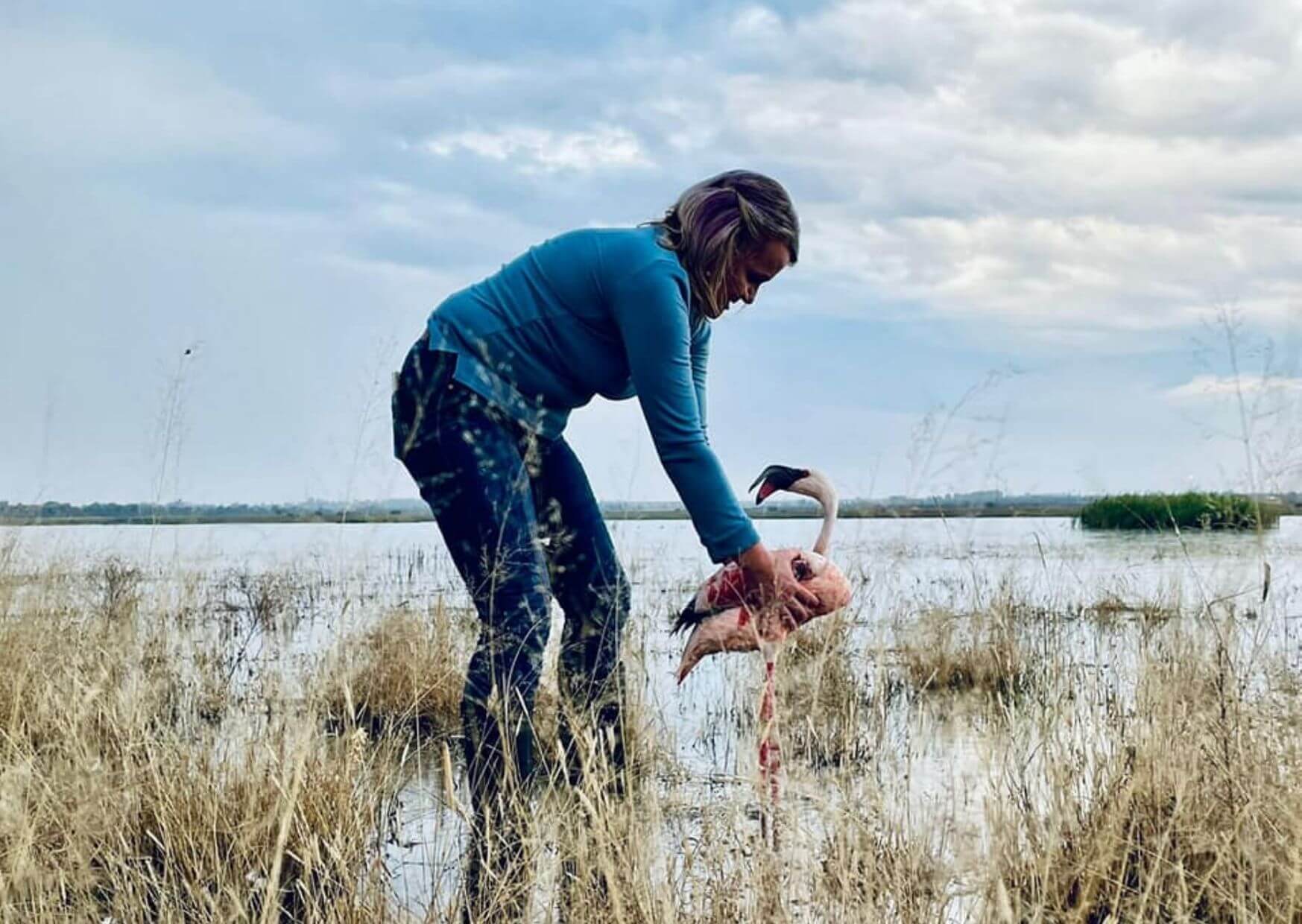
by Rina Van Eeden | May 4, 2021 | Feel Good Stories
The day we have all been waiting for and long worked towards has finally arrived. Our 4 beautiful flamingo children have finally been released!
After months of interesting bandages, surgeries and lots of love, these beautiful Lesser Flamingos are finally where they belong.
The Lesser flamingo is the smallest of all flamingos. They inhabit coastal and inland wetlands of sub-Saharan Africa and part of India. They breed on large alkaline and saline lakes, salt pans, and coastal lagoons.
Lesser flamingos mostly eat blue-green algae but occasionally will take crustaceans and small insects.
A huge thank you to Ester van der Westhuizen, Debbie Smith, Dr Donovan Smith, Dr Sherike van der Merwe and Sr Anmari Coetzee for dedicating so much time, expertise and love to these fantastic four. We’re going to miss these mischievous little dudes!
Did you know – The word Flamingo actually comes from the Portuguese language and loosely translates to “red goose”? This is primarily due to their flying formation and the funny honking sound they make!
Lesser Flamingos are also not born with their beautiful pink plumage. The impressive mixes of roseate and coral pinks are due to the type of food they consume!
For more on the Lesser flamingo, please check out the Animalia website – https://animalia.bio/lesser-flamingo
Like this:
Like Loading...
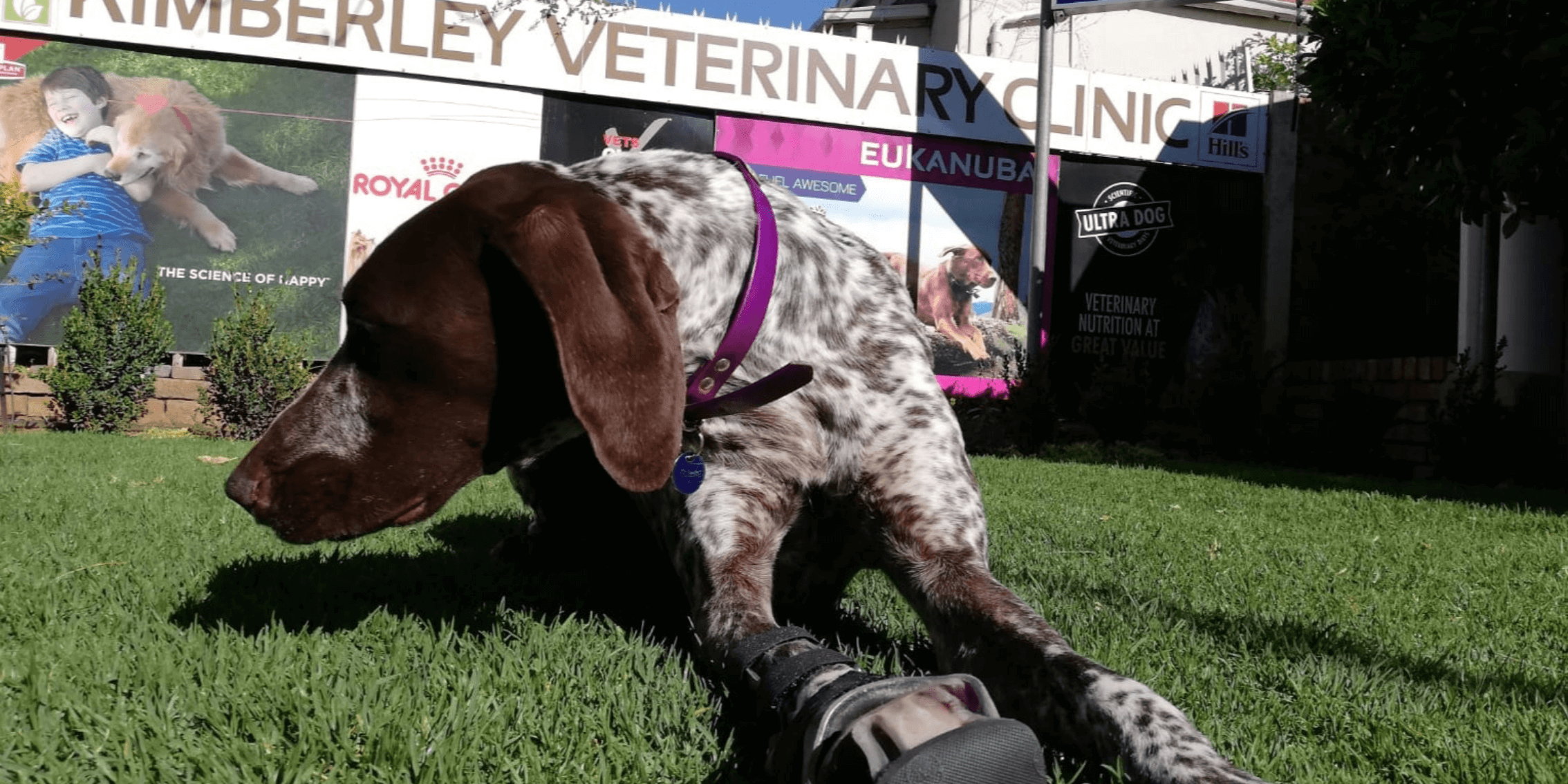
by Rina Van Eeden | Sep 21, 2020 | Feel Good Stories
Kendi and her Animotion Foot Brace
Kendi’s story is a very unique one. When she was still a puppy, probably about 4 weeks old, she broke two of her front toes. They were completely shattered! Subsequently, the growth plates of those toes closed. After the toes had healed, they completely stopped growing.
Her third toe was burdened with carrying all of her weight and eventually had to be partially amputated to help even out the weight-bearing responsibilities.
Kendi has been struggling with pain in her foot and front leg for a while now. But thanks to Animotion, she will finally be able to live practically unhindered.
Who Is Animotion
Animotion is an incredible company full of people who have dedicated themselves to creating stunning orthopaedic braces and prosthetic limbs for ALL kinds of animals. Even rhinos and vultures!
Their Mission – “To improve mobility for animals through innovative, customised veterinary orthotic and prosthetic solutions. By providing biomechanically active prescription devices and utilising state-of-the-art technology, we can offer enhanced quality of life for animals.”
These braces are individually crafted for each patient they consult.
After a thorough, guided step-by-step casting process, Werner Smit and the rest of the Animotionteam crafted Kendi’s and this week she got to try it out for the first time!
It will take some getting used to, but, with her – and a few slight alterations, she will be able to move happily ever after.
Like this:
Like Loading...
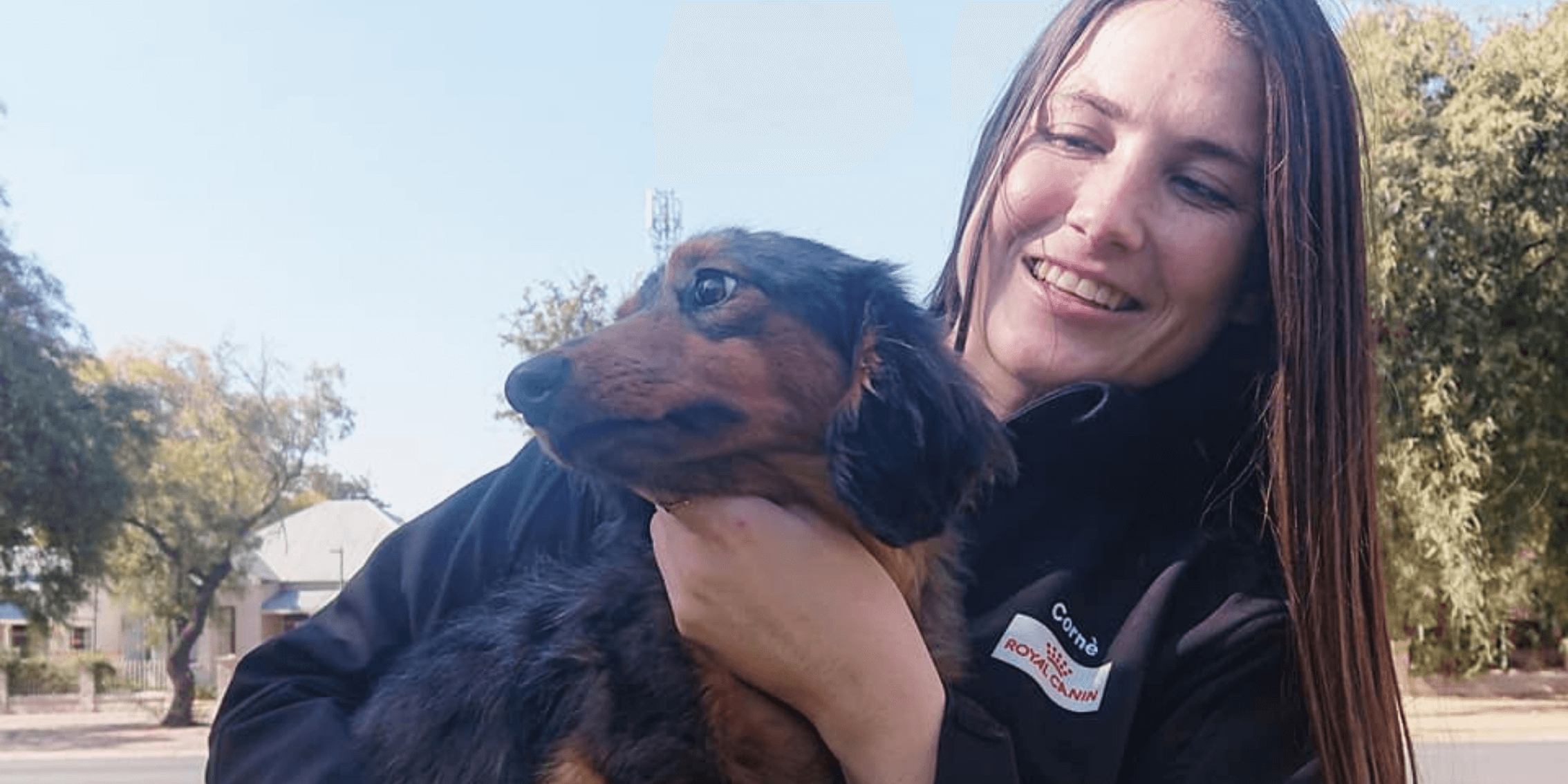
by Rina Van Eeden | Sep 8, 2020 | Feel Good Stories
IVDD in Dogs – Luna’s Story
Luna is another one of our incredible success stories.
She had been diagnosed with Intervertebral Disc Disease (IVDD) quite some time ago.
She couldn’t use her hind limbs when she first arrived.
After expert veterinary care, daily physiotherapy and endless snuggles, Luna started not only moving her hind legs, but she started walking!
After a long six and a half weeks in our care, Luna has finally gone home to her family.
While we’re sad to see her go, we’re so happy for the time we spent with this miracle pup.
A huge thank you to her mom and dad for trusting us with their special fur-kid and their endless love and support throughout her recovery.
What is IVDD?
IVDD is the degeneration and subsequent herniation of the intervertebral disc which results in compression of the spinal cord or spinal nerve.
Clinical signs of IVDD depend on the type of disc herniation and location in the spine. Starting at the neck and moving toward the tail are five regions — the cervical, thoracic, lumbar, sacral and caudal vertebrae.
Symptoms:
- Limping, lameness or unsteady walking
- Dragging back legs
- Stumbling over back feet
- Hunched back or neck with tense muscles
- Weakness
- Pain
- Unwillingness to jump
- Loss of bladder and/or bowel control (urinary and/or fecal incontinence)
- Difficulty posturing to urinate/defecate
- Paralysis (i.e., complete loss of function in front or hind limbs)
Dachshunds are among the most commonly affected breeds and the chances of getting IVDD are greatly exacerbated if the dog is overweight.
Disc extrusion can happen as early as 1–2 years of age and clinical signs are often acute and severe.
We recommend that dachshund doggos are taught not to jump onto or off of beds or couches and if they are in the habit already, that they are provided with a ramp so that they can clamber along safely.
Let’s keep our dachshunds happy and healthy!
For more information on IVDD in pets, check out the trusted petMD website – https://www.petmd.com/dog/conditions/neurological/c_dg_intervertebral_disc_disease
Like this:
Like Loading...
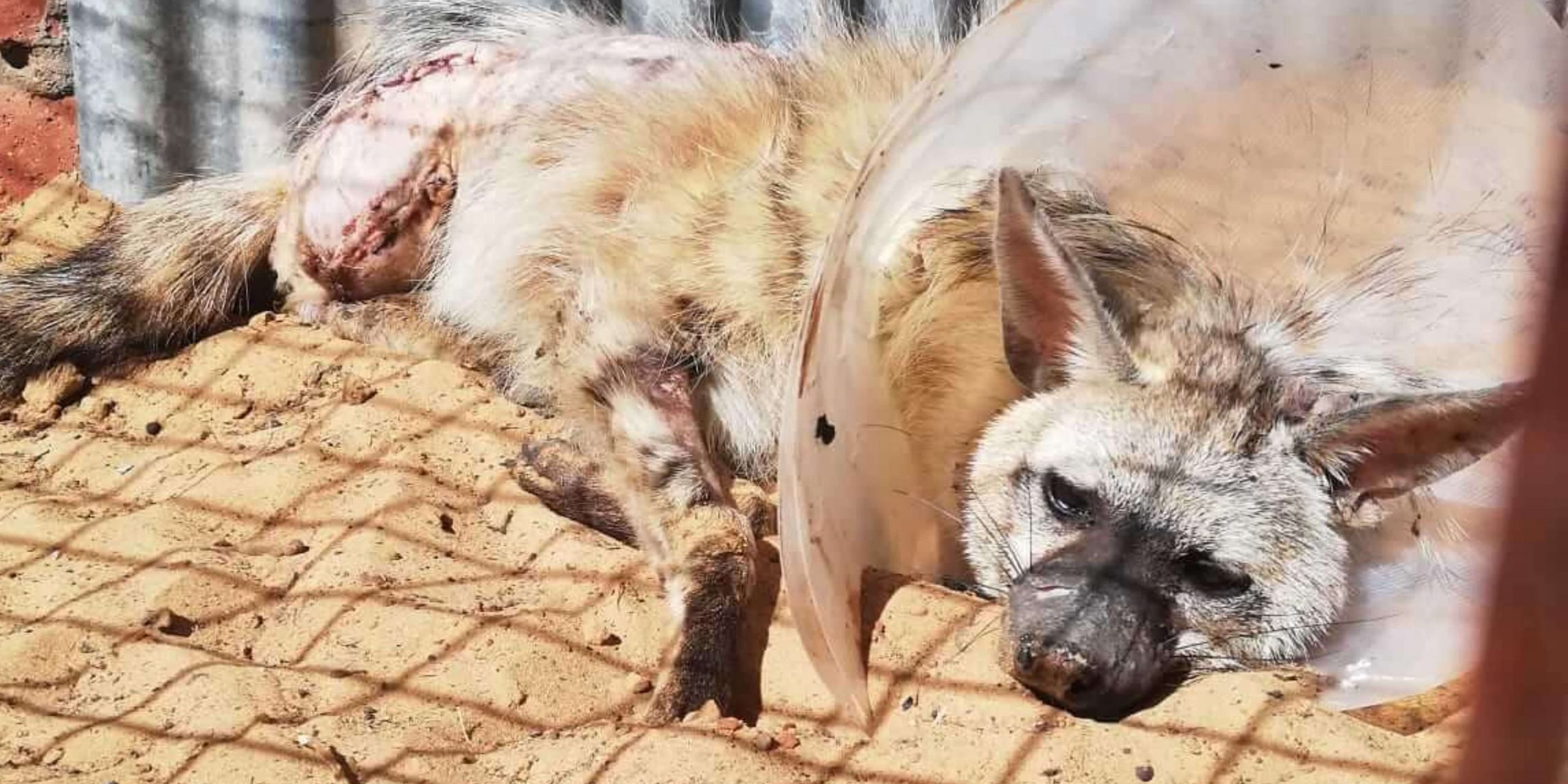
by Rina Van Eeden | Aug 18, 2020 | Feel Good Stories
At Kimberley Veterinary Clinic, we have been fortunate enough to help some pretty special patients. This month’s special creature is BeetleJuice. Mr BeetleJuice is an Aardwolf.
An aardwolf (Proteles cristatus), is an insectivorous carnivore that is actually a rare type of hyena that feeds almost entirely on termites.
When the aardwolf smells termites or hears thousands of them in the grass with its sensitive ears, it laps them up with its modified, sticky tongue. In fact, it will eat between 250 000 and 300 000 termites per night! When feeding on termites, the aardwolf is careful not to eat the entire colony or to destroy the termite mound. This means that the termite colony can rebuild itself and its numbers. How special is that!
It is also known as a maanhaar jakkals.
3 weeks ago, BeetleJuice was rushed to our clinic by his loving family after having been missing for a very long time.
We suspect that he had been shot. His right hind leg was completely severed, and he had wounds along his back and through his left ear. On radiographs we could see what is thought to be remnants of shotgun pellets.
The Great Release
️ After a long and trying recovery BeetleJuice was successfully rehomed. Thanks to expert veterinary care from Dr Sherike van der Merwe and the rest of the Kimberley Vet team, lots of TLC and his unbreakable, feisty spirit, BeetleJuice is thriving.
After he has made a complete recovery, he will be able to roam free once again. Albeit on 3 legs instead of four.
A huge thank you to Hill’s Pet Nutrition, as well. Their Hill’s a/d was his absolute favourite snack! It was the only way to tame this wild beast.
While he still has a long way to go, this little dude can teach us a lot about perseverance and strength.
More on the Aardwolf
While like the hyena, the aardwolf is less of a runner, has five toes on the front feet instead of four and their skull is not as robust.
The elusive aardwolf is a beautiful animal, shy and nocturnal, that leads a relatively quiet, private life. It is monogamous and will find its mate and stick close to them while breeding and rearing their little cubs.
Their shelters can be holes, crevices and abandoned porcupine and aardvark burrows.
While the population numbers of the aardwolf are healthy, these animals continue to be persecuted by humans, as with most of our precious wildlife. People believe that they kill their livestock, and this is definitely not the case. They benefit the ecosystem by keeping the termite numbers within a healthy, manageable range. They are also hunted for their beautiful fur, hit by cars and trucks on busy motorways and killed by domestic dogs. Loss of habitat due to urbanisation and pollution is another threatening factor.
FUN FACT! Because it has no need for its other teeth, they are completely underdeveloped, which leave the aardwolf practically incapable of catching other prey or chewing any meat. Its well-developed canine teeth are solely used for fighting and defending itself.
Like this:
Like Loading...

